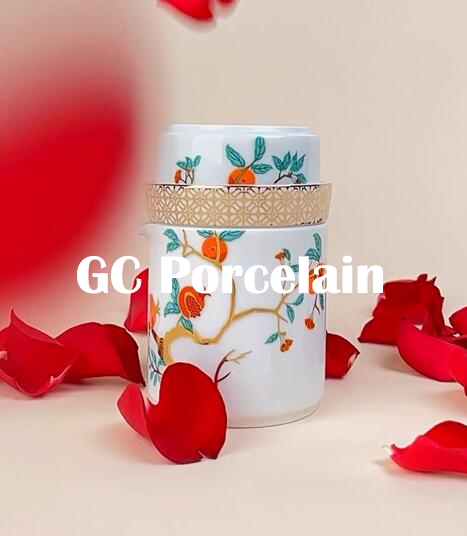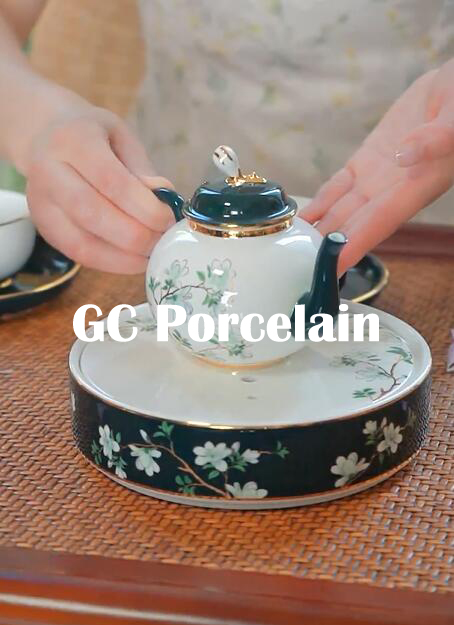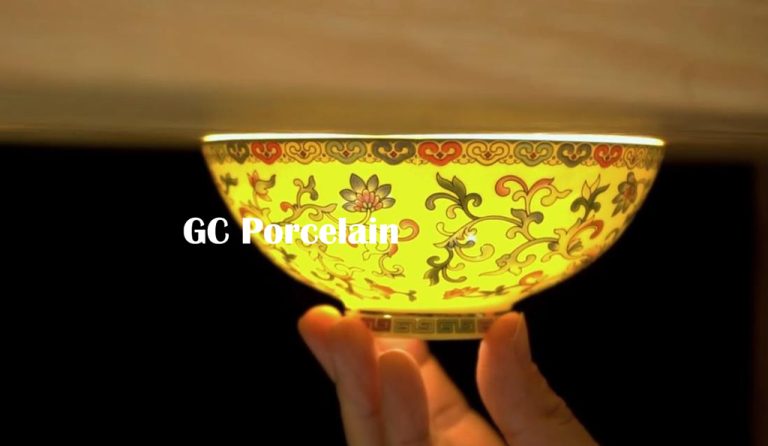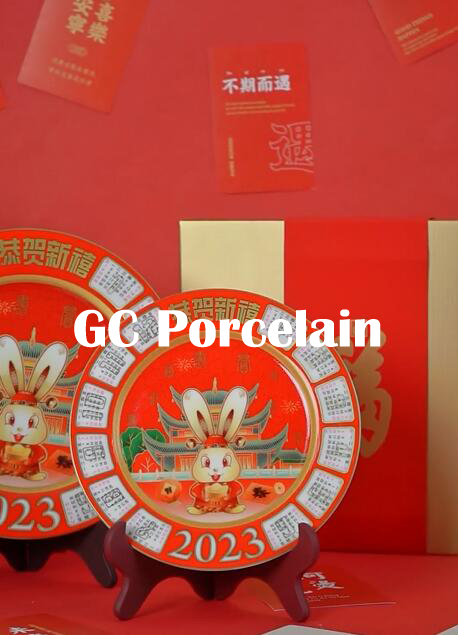Introduction
Welcome to our journey into the world of vintage Chinese porcelain vases! These timeless pieces of art carry centuries of history and culture within their delicate forms. But how do you choose the right one? Whether you're a seasoned collector or a newbie, this blog will guide you through the fascinating process of selecting, appreciating, and caring for these beautiful artifacts. Let's dive in!
Chinese Porcelain's Origin and Development
Chinese porcelain, known for its beauty and strength, originated during the Han Dynasty (206 BC - 220 AD). The earliest porcelain was made of kaolin clay and fired at high temperatures, resulting in a hard, white, and translucent material. Over time, techniques improved, and by the Tang Dynasty (618-907 AD), porcelain was being exported to the Islamic world, marking the beginning of China's porcelain trade[^1^].
During the Song Dynasty (960-1279 AD), porcelain became a symbol of refinement and culture. The period is known for its simple, elegant monochrome pieces, like the famous Ru, Jun, and Ge wares[^2^]. The Ming Dynasty (1368-1644 AD) saw a shift towards more colorful, intricate designs, with the blue-and-white porcelain becoming iconic[^3^]. The Qing Dynasty (1644-1912 AD) continued this trend, introducing famille rose and other vibrant enamel colors[^4^].
Sources:
[^1^]: "Chinese Porcelain." Metropolitan Museum of Art. https://www.metmuseum.org/toah/hd/chpo/hd_chpo.htm
[^2^]: "Song Dynasty Ceramics." Victoria and Albert Museum. https://www.vam.ac.uk/articles/song-dynasty-ceramics
[^3^]: "Ming Dynasty (1368–1644)." British Museum. https://www.britishmuseum.org/collection/guide-x00046
[^4^]: "Qing Dynasty (1644–1911)." British Museum. https://www.britishmuseum.org/collection/guide-x00047

Vintage Chinese Porcelain Vases refer to those produced from past eras, typically before the 20th century, that have stood the test of time. These vases are admired for their craftsmanship, historical significance, and aesthetic appeal.
The characteristics of these vases vary greatly depending on their period of creation. For instance, Song Dynasty vases are known for their simplicity and monochrome glazes, while Ming Dynasty vases are famous for their intricate blue-and-white designs. Qing Dynasty vases introduced vibrant enamel colors, such as the famille rose palette.
Styles also range from the elegantly tall meiping, traditionally used for displaying plum blossoms, to the globular-shaped moonflask with its flat, circular body and high, arching handles. Each style reflects the aesthetic preferences and technical advancements of its time, making every vintage vase a unique piece of history.

| Aspect | Identification Techniques |
|---|---|
| Color | Authentic vintage vases often have a softer, more muted color palette. Bright, glossy colors may indicate a reproduction. |
| Shape | Study the shape and proportions. Genuine pieces reflect the styles and techniques of their era. |
| Pattern | Authentic vases have intricate, hand-painted designs. If the pattern appears too perfect or machine-made, it may be a replica. |
| Markings | Look for the reign mark of the emperor during whose rule the vase was made. However, be cautious as these can be forged. |
To identify fakes, consider the vase's weight and sound when tapped - genuine porcelain has a certain heft and rings when struck. Also, consult experts or use authentication services.
| Aspect | Selection Criteria |
|---|---|
| Quality | Look for vases with no cracks, chips, or repairs. The glaze should be even and the painting detailed. |
| Age | Older vases are typically more valuable. Verify age through markings, style, and expert appraisal. |
| Artistic Value | Choose vases with unique, hand-painted designs that reflect the era's aesthetic. |
| Price | Set a budget. Remember, price often reflects quality and rarity, but don't overpay. |
When buying, always research the seller's reputation, ask for provenance, and consider getting an expert opinion to ensure authenticity.
Taking care of your Vintage Chinese Porcelain Vases isn't as hard as you might think! Here are some simple tips:
- Clean gently: Use a soft cloth to dust off your vases. If they need a deeper clean, use mild soap and warm water. Never use harsh chemicals or abrasive materials.
- Avoid extreme conditions: Keep your vases away from direct sunlight, high temperatures, and high humidity. These can cause damage over time.
- Handle with care: Always lift your vase by the body, not the rim or handles. And remember, no rough handling!
- Display wisely: Choose a safe, stable place to display your vases. Avoid high-traffic areas where they might get knocked over.
- Insure your vases: If your vases are valuable, consider getting them insured. This can protect you financially if they get damaged.
Remember, the beauty of your vases lies in their age and history. So, treat them with respect and they'll continue to shine for years to come!
In conclusion
Allow us to pause for a while in order to truly grasp the artistic merit and historical value embodied in Antique Chinese Porcelain Vases. These items extend beyond mere decoration; they are physical fragments of history, each narrating a unique tale. The elaborate patterns, distinct forms, and the masterful artistry involved in their creation serve as a tribute to China's rich cultural legacy. They indeed represent artistic masterpieces, imparting a sense of ageless sophistication to any environment.
Now, the ball is in your court to embark on your own exploration into the fascinating universe of antiquated porcelain vases. The process need not be daunting. Bear in mind that the act of collecting isn’t merely about possession, it's about gaining knowledge, fostering appreciation, and safeguarding a slice of history. So, by all means, plunge in, and let every vase that you select contribute a fresh narrative to your personal chronicle. Wishing you joy in your collecting endeavors!
If you have any questions or need to custom dinnerware service, please contact our Email:info@gcporcelain.com for the most thoughtful support!






